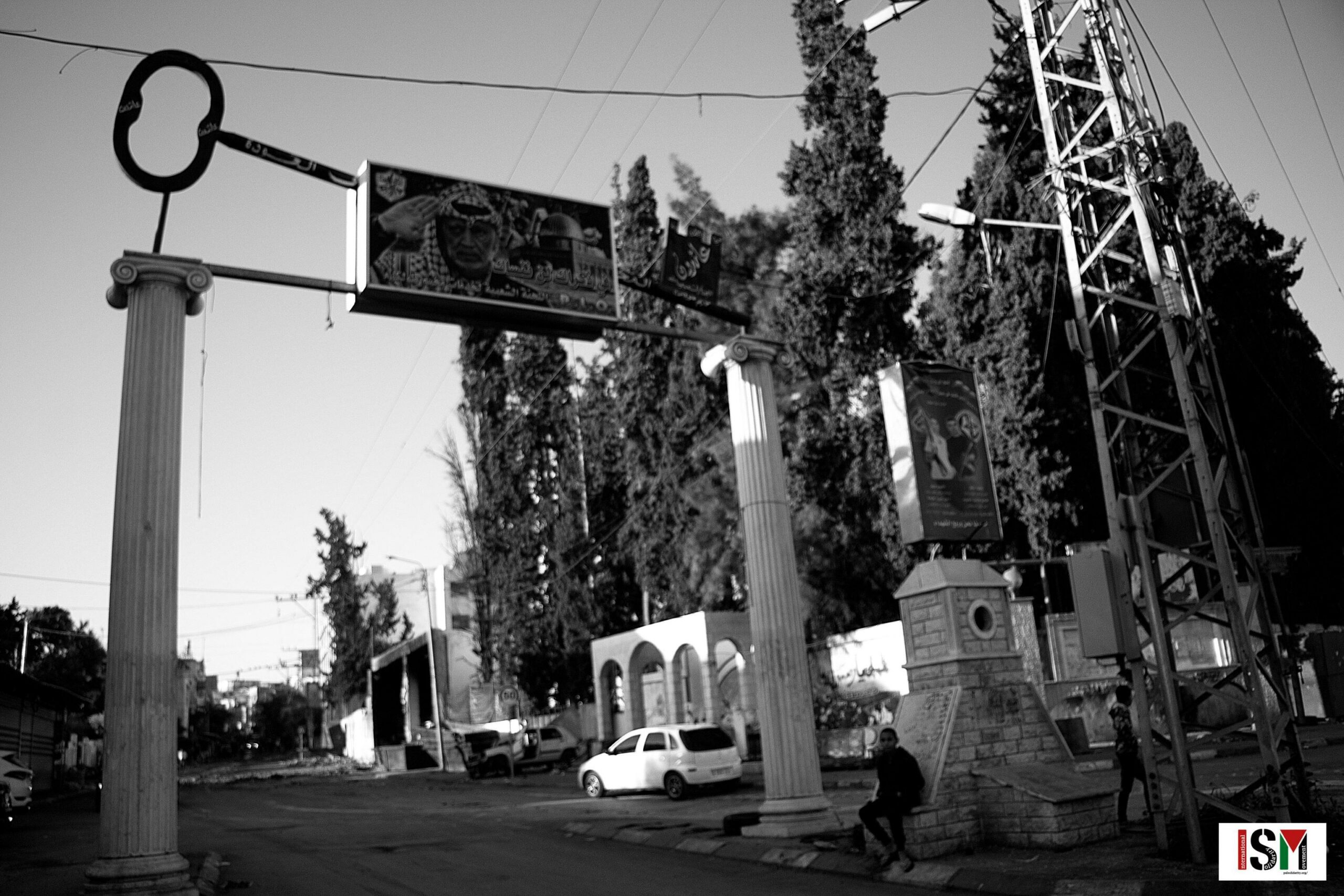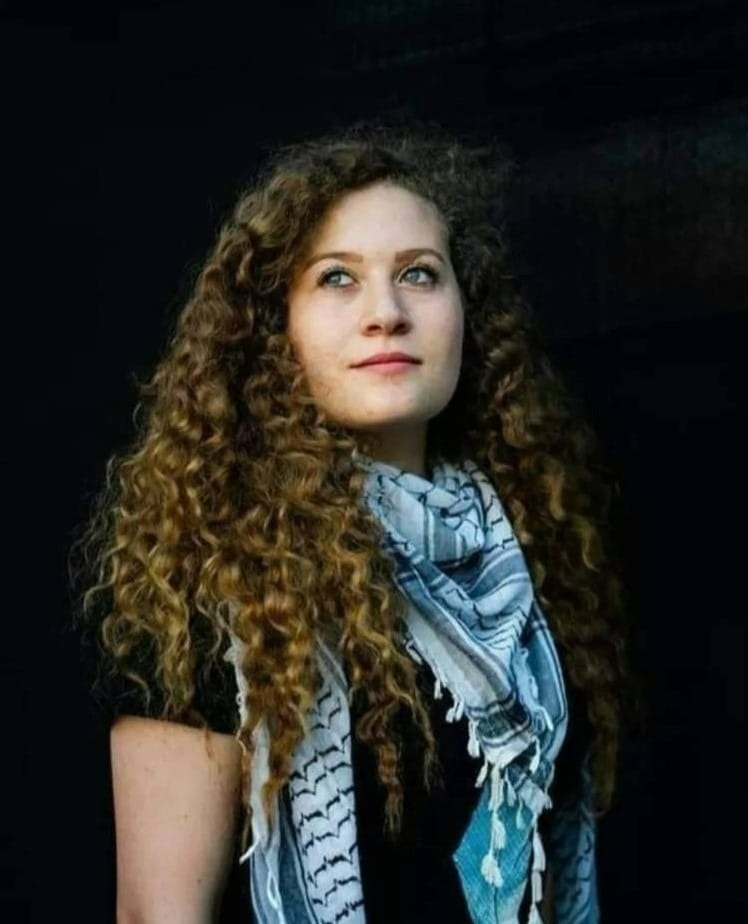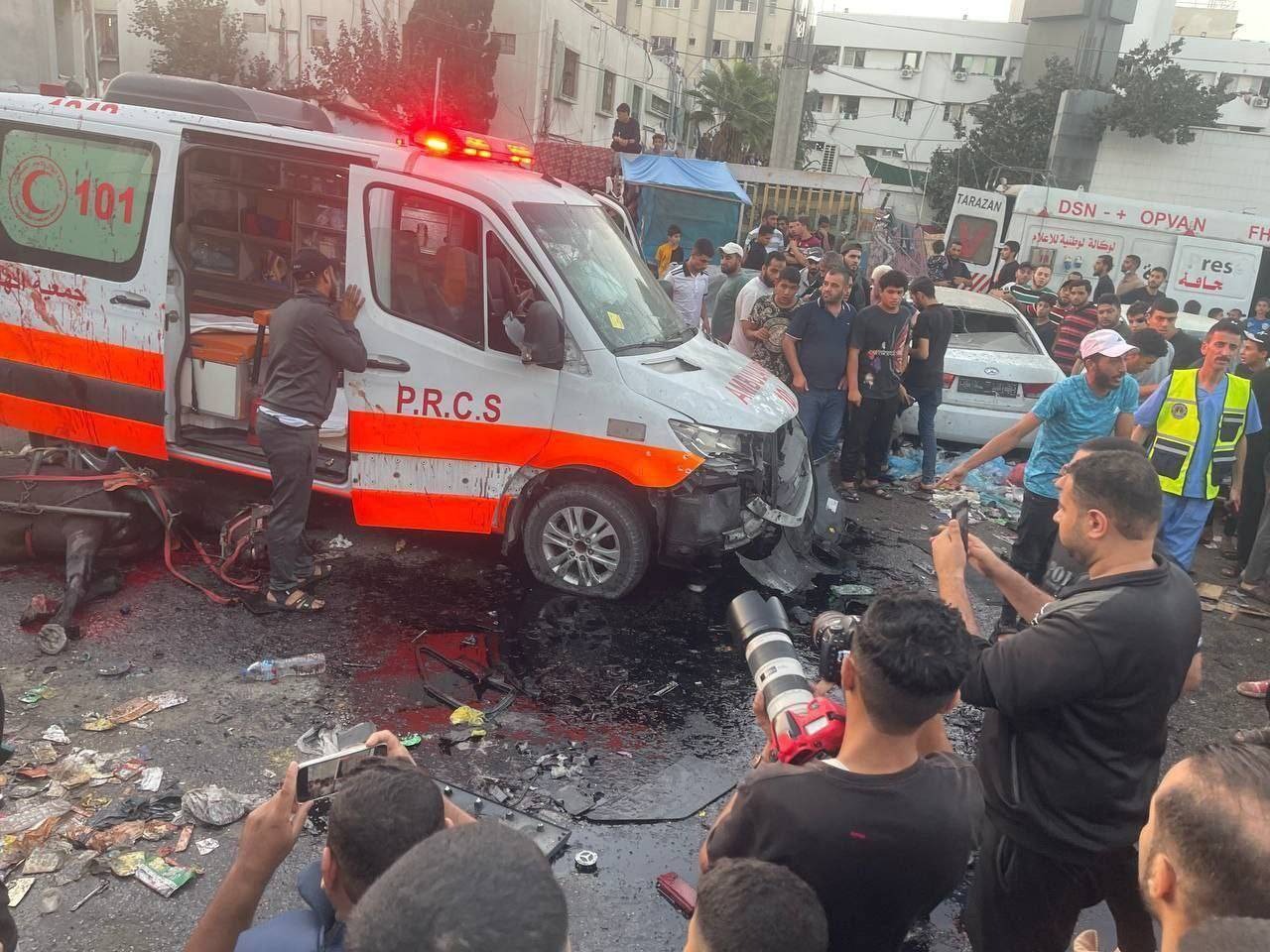Category: Reports
-
Two attacks in less than 24 hours in Tulkarem Camp
08 November 2023 | International Solidarity Movement | Tulkarm By Diana Khwaelid The Israeli occupation is not only committing crimes in Gaza, it continues to commit crimes in the West Bank. A quick military operation was carried out by Israeli special forces in broad daylight, as they planned an ambush for three young men from…
-
Israeli occupation forces arrest Ahed Tamimi
6 November 2023 | International Solidarity Movement | International Women’s Peace Service Prominent Palestinian activist, Ahed Tamimi, was arrested in her home in the village of Nabi Saleh near Ramallah, in the early hours of today, November 6. Following the 22-year-old’s arrest, right-wing Israeli media allied with occupation forces and Israeli far-right politicians issued violent…
-
Eradicating people from Gaza
The onslaught on Gaza is non-stopping and gaining pace. In the last few days, the attacks from the air, ground and sea have claimed hundreds of lives. The majority of dead and wounded are women and children. As of November 4, the number of those killed was 9,485 of which 3,900 were children and…



